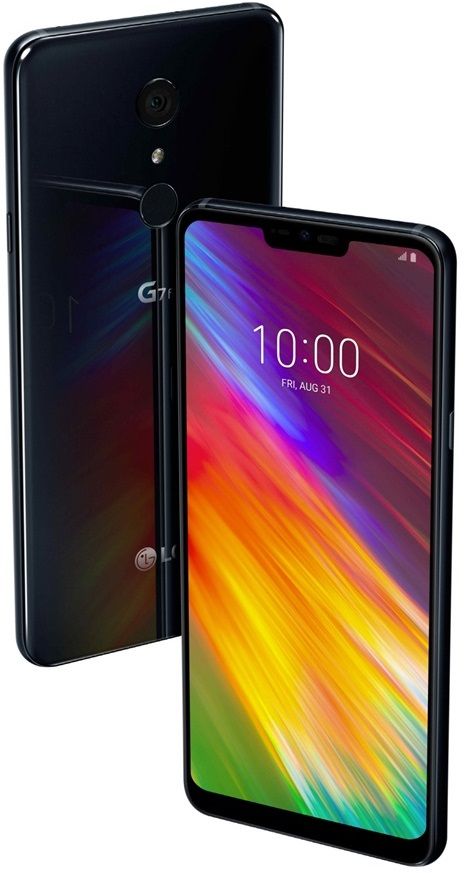
At the annual Google for India event held in New Delhi on Tuesday, Google made many announcements. The first of them was that Google Tez is being renamed Google Pay. There were also announcements related to Google Assistant, Google Search, Android Go, Google Go, Google Maps, Google Station, and more. Let’s take a look at them one-by-one:
Google Tez becomes Google Pay
Google Tez is Google’s UPI-based payment platform in India. With the lack of NFC-based mobile payment solutions in the country, Google opted not to launch Google Pay (formerly known as Android Pay) in India, and instead launched a UP-based mobile payment system which is different from NFC-based payment systems. Tez has achieved a certain degree of success in India. In March, Tez had added a chat feature allowing users to communicate with their contacts while sending and receiving money. Now, it will be known as Google Pay.
Rich interactions are coming to Google Pay, and Google states that 15,000 retail stores will use Google Pay by Diwali this year. Businesses and merchants can also now pay for Google Ads using Google Pay. According to Google, over 1.2 million small businesses in India are already using Tez/Google Pay.
The company also announced that 22 million people now use Tez every month. A total of 750 million transactions have been made since its launch in September 2017.
The re-brand of Tez to Google Pay will complete in the next two weeks. Merchants will get the option to enable payments directly from their app, while customers can swipe the Pay button to pay their nearby merchants. An option to show a QR code will also be available to customers to customers to make seamless payments. The merchants will get transaction history on their app alongside customer details such as picture, name, the amount they have paid, as well as the transaction ID for each historical transaction.
Google also stated that over time, the company will bring many India-specific Tez features to Google Pay users in other countries just as the country has brought features launched elsewhere to India. All Tez features will remain in Google Pay.
Google Assistant
Google stated that Google Assistant usage in India has grown 3x over the past year. The Assistant is now available in Marathi, and the company is working on making it available in seven regional Indian languages soon. Users can also seamlessly switch between English and Hindi when talking with the Assistant. Google added that Airtel users will be able to view their cellular account’s data by asking the Assistant.
Google Home users will be able to speak to the smart speaker in Hindi.
Google Search updates in India
Voice search has grown by 270% year-over-year in India. Google Search itself has seen 50% year-over-year growth, and Google stated that it will now offer relevant results in regional languages. There will also be more Indian sources in the search results.
The Google Feed is now available in English and Hindi. It will also be available in Bengali, Marathi, Telugu, and Tamil in a few weeks.
In light of the fact that one of 35 searches in Google India are for the definition of a word, Google will now deliver definitions in both English and Hindi, and will deliver a pronunciation guide as well.
Google Go
The Google Go app will also get the Google Feed soon. It will be able to read out articles in regional languages, with each word getting highlighted in real-time. Users will also be able to adjust the speed settings.
Android Go
Google mentioned that the Samsung Galaxy J2 Core is Samsung’s first Android Go phone. Android Go now has 150 hardware partners, and 400 Android Go phones will arrive by the end of the year.
Google Maps
Google mentioned that Maps Go is getting turn-by-turn directions. The app’s homescreen will now have new shortcuts. Also, Maps will now get voice guidance in both English and Hindi. The two-wheeler mode in Maps is used by 20 million people in India every month, and over 50 million buildings have been added to Google Maps in India in 2018.
The company has also partnered with RedBus to offer better public transport information on Maps. Users will get info on ticket prices and timings of buses on over 20,000 routes across 1,500 cities thanks to the partnership.
Project Navlekha
Project Navlekha is an initiative by Google to work with over 100,000 offline publishers to bring regional language content online. The way it works is by using OCR to extract text from regional language PDFs and then publish it online on branded domains in under 60 seconds. The initiative comes in light of Google’s belief that regional language content will define the future of Internet in India.
Google Station
Google is partnering with Andhra Pradesh State FiberNet Limited to bring Google Station (public Wi-Fi hotspots using ) to over 12 thousand villages, towns, and cities across the state as a part of its Next Billion Users initiative. The company’s aim is to provide high-quality Internet access to remote areas in the state as well as public places like hospitals in cities like Vijayawada and Visakhapatnam.
Other announcements
Google stated that Google.org has pledged $1 million to several NGOs who are doing relief and recovery work in the flood-hit state of Kerala, in order to help the people in the affected regions.
from xda-developers https://ift.tt/2Nr0EUC
via IFTTT











